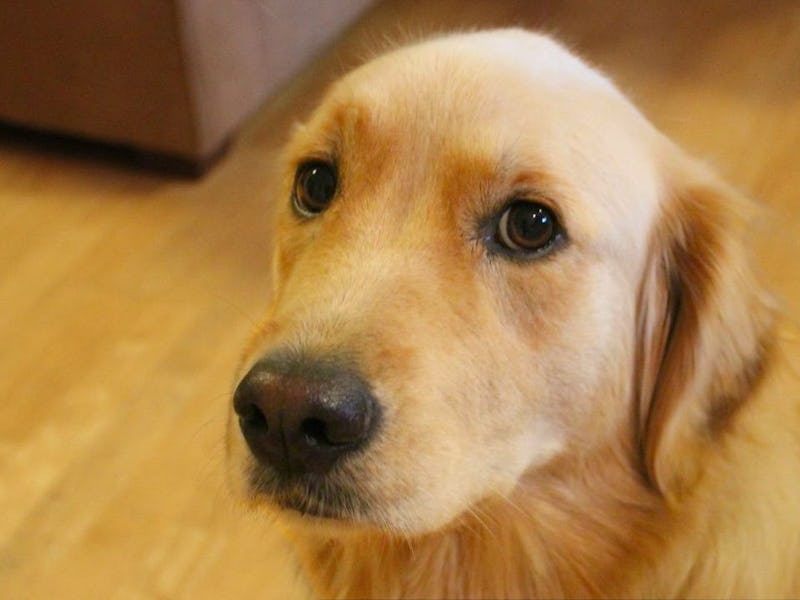How Dogs Went From Wolves to Man's Best Friend, According to Scientists
They loved us long before they looked domesticated.

By answering an age-old question about man’s best friend, scientists have figured out how wolves became the dogs we all know and love today. It’s pretty common knowledge that dogs are related to their wild canine cousins, but the new study lays out how the transformation occurred. Namely, it asserts that wolves became good boys behavior-wise before they started looking more like domesticated dogs than wolves.
According to a study published in the open access journal BMC Biology, as wolves were domesticated by humans, behavioral traits changed before anything else. Behaviors like a reduced fear of humans and overall tameness were among the first changes, and changes in physical appearance — like smaller jaws and floppy ears — came after.
Jeffrey Kidd, Ph.D., and colleagues at the University of Michigan identified 178 genes that might be involved in dog domestication, the study reports. The team conducted whole-genome analyses in 43 village dogs and 10 wolves.
Researchers then proved differences between single nucleotides — the basic structural unit of nucleic acids like DNA — known as single nucleotide polymorphisms (SNPs) in the genomes of village dogs and wolves that affect the phenotypic traits that differ between dogs and wolves.
Man's best friend giving his best puppy eyes.
“We propose that initial selection during early dog domestication was for behavior … which secondarily gave rise to the phenotypes of modern dogs,” the study’s authors write.
The authors of the study found the behavioral traits that were selected first eventually led to the selection of the physical traits of modern dogs. They concluded that primary selection during domestication “likely targeted tameness,” so you can thank our ancestors for teaching wolves to chill out, as tameness appeared as a trait before any other differences between wolves and dogs developed.
Dogs are so good.
Village dogs were used specifically in this study to eliminate genetic factors that dog breeders influence to deliberately get certain characteristics in different breeds of dogs. For example, in certain breeds, specific colors or markings are highly sought after, so breeders try to get more of their dogs to have those distinct features.
By using village dogs, researchers determined th genetic changes that were observed in the study are more likely the result of domestication rather than breeding.
Essentially, dogs became man’s best friend back when they still looked a whole lot like wolves. The physical changes, which led to dogs that look like everything from a Great Dane to a Chihuahua, were secondary. But just imagine hanging around a cuddly, domesticated wolf back in the day.